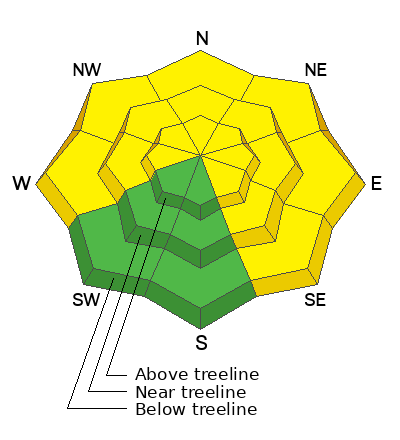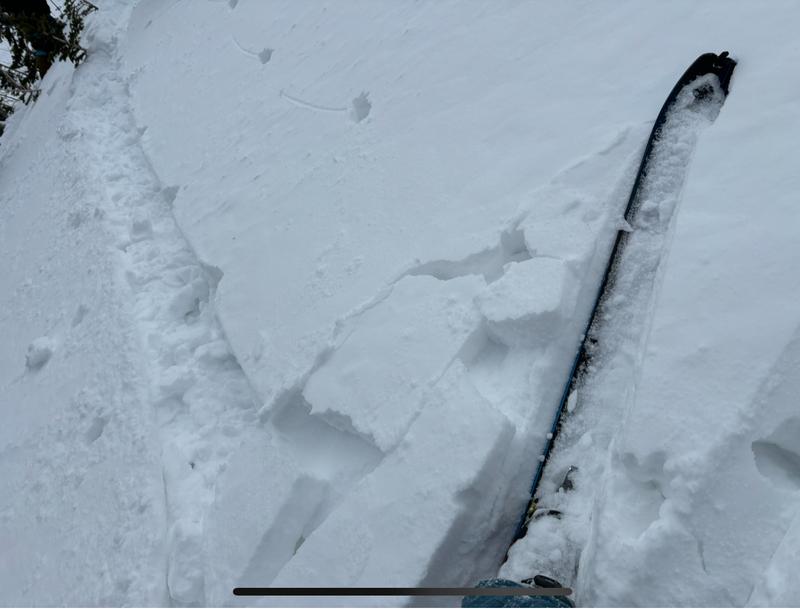Forecast for the Moab Area Mountains

Issued by Eric Trenbeath on
Saturday morning, March 2, 2024
Saturday morning, March 2, 2024
The avalanche danger is MODERATE. Human triggered avalanches involving slabs of wind drifted snow are possible on steep slopes facing W-N-E-SE. Look for slabs of wind drifted snow on the leeward sides of ridge crests and terrain features such as gully walls, sub-ridges, and rocky outcrops.
Human triggered avalanches failing on a deeply buried persistent weak layer remain possible on slopes facing W-N-E-SE. The danger is most pronounced on steep, northerly aspects. This is a low probability/high consequence scenario. You can minimize your risk by avoiding steep, rocky areas and slopes with complex terrain features.
A mostly LOW danger exists on S-SW aspects. Small avalanches on isolated terrain features are possible.

Low
Moderate
Considerable
High
Extreme
Learn how to read the forecast here









